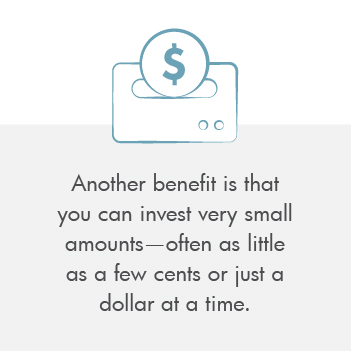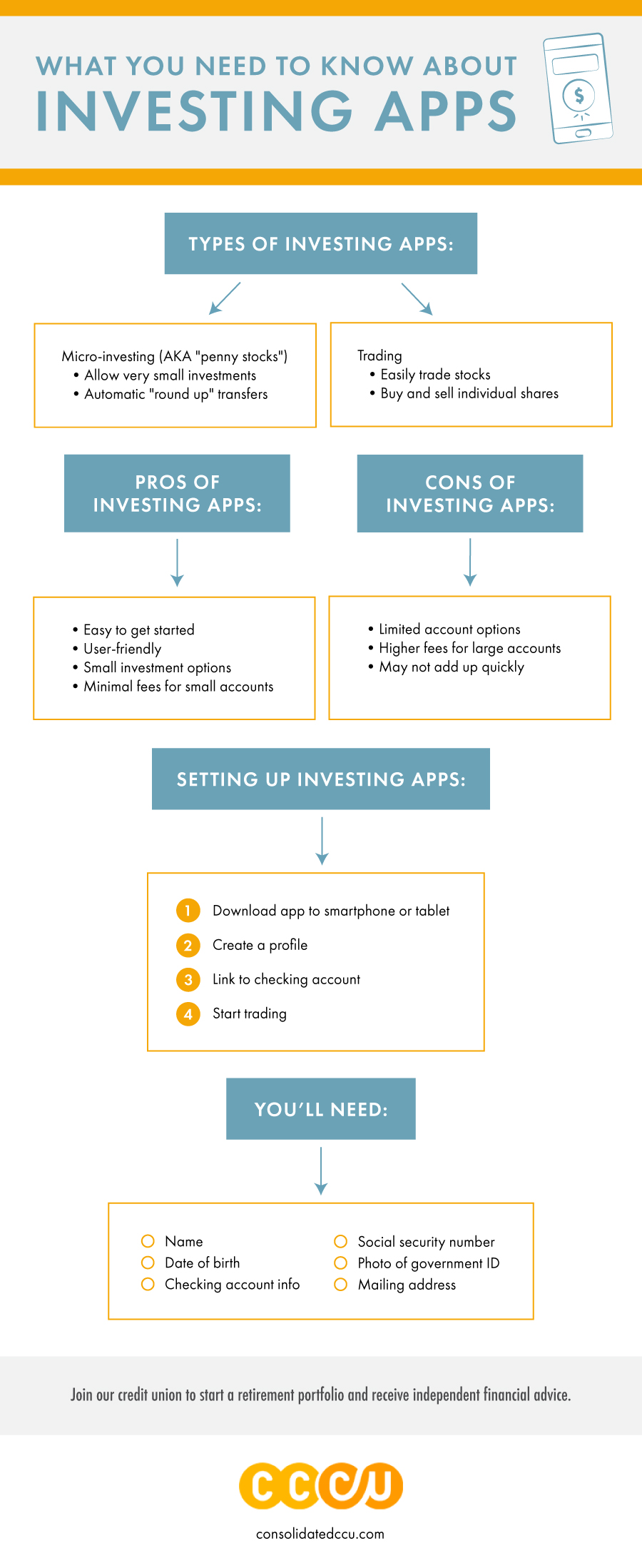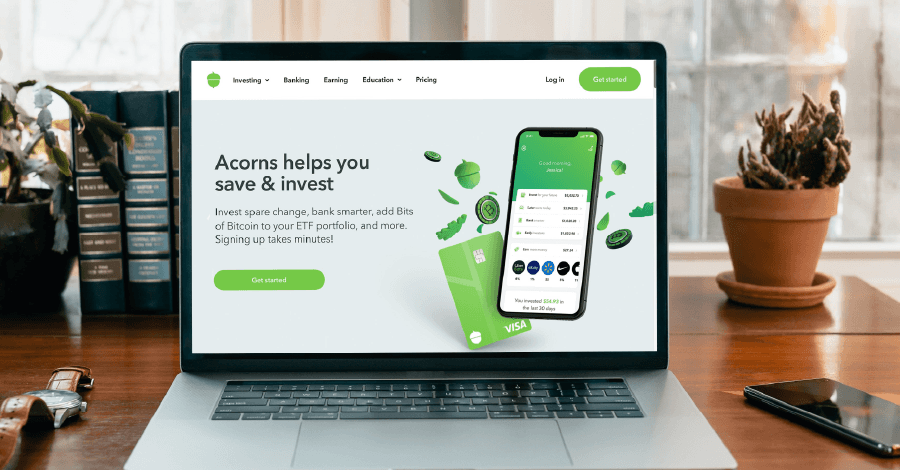If you’re like many millennials, you might be thinking you’ll never really retire. In a recent survey, over 60% said they planned to work at least part-time during retirement. This is due in part to feeling like they can't afford to start saving for retirement, let alone enter the stock market.
This is one reason why investing apps like Stash, Acorns, and M1 Finance are so appealing.
In decades past, trading stocks was something that required ample time and experience or the help of a professional broker. Mobile investment apps make it a lot easier to buy and trade stock. And yet, even for digital natives in the Generation Y and Z camps, figuring out how they work can be a little confusing.
Whether you're interested in expanding your retirement portfolio or are new to the world of investing, our community credit union is here to assist. Here’s a breakdown of how investment apps work and guidance for getting started.
How do investing apps work?
To understand how investing apps work, you'll need to familiarize yourself with the different types. The two main types include micro-investing apps and trading apps. Some mobile apps offer both micro-investing and individual trading options.
Micro-investing apps
Many investment apps, such as Acorns and Stash, offer micro-investing or "penny stocks". This means you can invest small amounts of money, often under five dollars, allowing you to get started without depositing a large sum. Some penny stock apps have a " round up" option, which rounds up your debit transactions to the nearest dollar and automatically invests the difference.
Trading apps
Then there are platforms like M1 Finance that let you build an investment strategy and trade individual stocks within the app. These apps often have plenty of automation that can take away some of the confusion that may come with trading. All you have to do is select the number of shares you'd like to buy or sell and tap "trade."
Getting started with an investment app
Though navigating the stock market doesn't come easily for everyone, investment platforms are designed to be extremely user-friendly. Once you download the app on your smartphone or tablet, you'll be prompted to create an account.
To complete your profile and start buying stocks, you'll likely have to link your checking account. Additionally, you'll need to provide personal information, including your address and social security number, as you'll have to report investment accounts on your tax return. Once you've created an account, you can start investing. 
Benefits of investing apps
One of the main advantages of investment apps is that they're generally easy to use, which encourages people to start investing in their futures. You can create an account in minutes, set up automatic transfers, and make trades with minimal effort.
Another benefit is that you can invest very small amounts—often as little as a few cents or just a dollar at a time. Plus, with smaller accounts, there are typically minimal fees (and sometimes none at all). This provides users with a low-cost solution for building a nest egg.
Drawbacks of investing apps
One thing to note about investing apps is that unlike 401(k)s and IRAs, there are limited account options available. They also typically charge higher fees for larger accounts. So, if you invest a substantial amount of money in shares or penny stocks, you may end up paying slightly more than you would with a traditional investment account.
On the other hand, if you're only utilizing a "round up" feature, it won't add up to very much per month. For instance, let's say you make 50 transactions on your debit card each month with an average of $0.50 transferred each time. By the end of the month, you'll have only invested $25.
Of course, small amounts can add up over time. But in the end, an investment app might be best used as a supplement to your retirement portfolio instead of your primary means of investing.
Investing in stocks vs. cryptocurrency
Lots of folks also wonder if it's better to invest in stocks or cryptocurrency. Though some people have made substantial gains from cryptocurrency, the market has shown to be somewhat volatile.
And while the stock market has seen a fair amount of turbulence over the years, it has proven to be a generally safe long-term investment. If you want to explore the crypto market, we recommend using it as a supplemental investment.
Invest smart with our Oregon credit union
Here at CCCU, we want to make saving for your future as easy and fruitful as possible. Our credit union offers a range of personal investing options, including traditional and Roth IRAs and tax-advantaged college savings plans, plus independent financial advice and wealth management support for members.
Join us today to start reaping the benefits of banking with a credit union.
We love our members and serve those throughout the metropolitan area, including Multnomah, Yamhill, Clackamas, Columbia, Washington, Clark, Skamania, and Hood River counties. We’ve got three physical branches you can visit in Portland as well as one in Hood River.
Plus, when you join CCCU, you’ll have access to convenient mobile banking as well as 5,600+ CO-OP Shared Branches and over 30,000 surcharge-free CO-OP ATMs nationwide.






